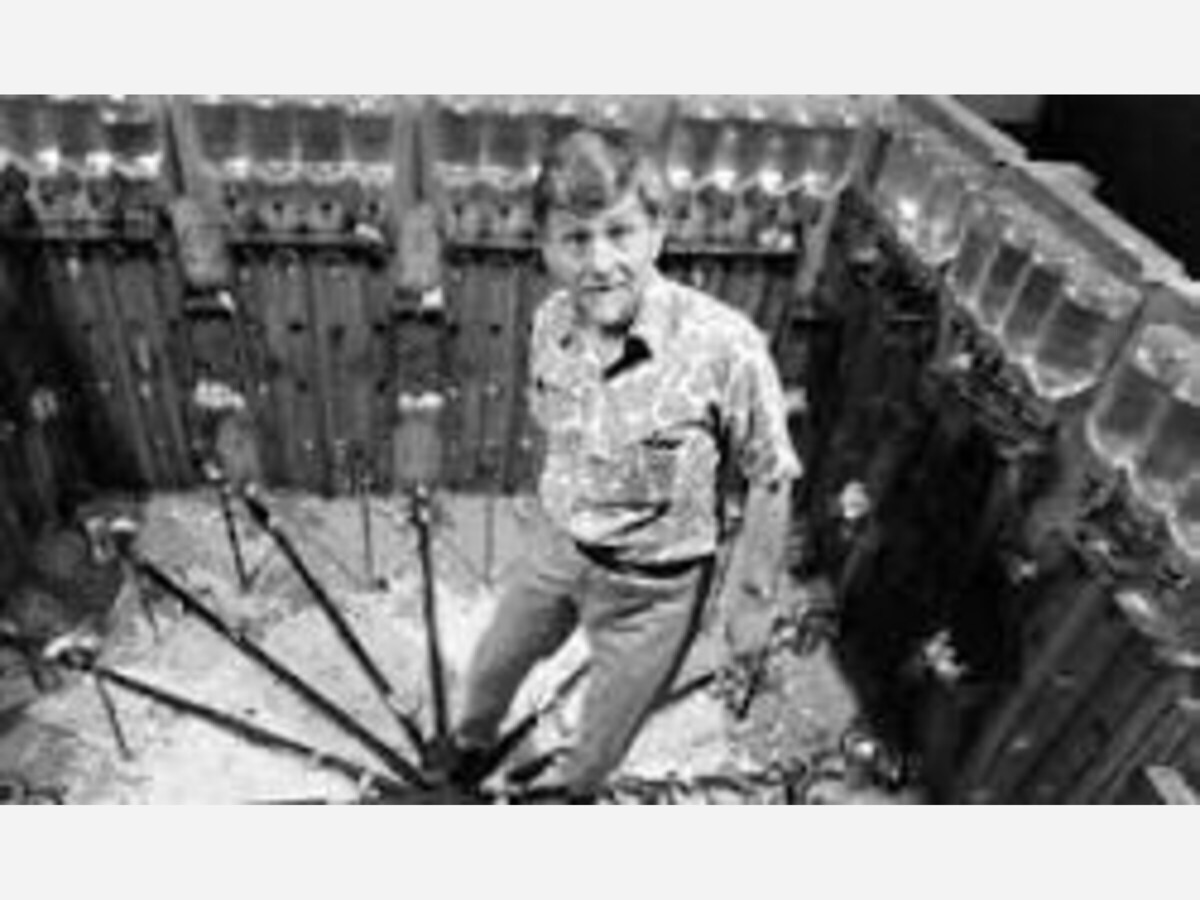Image

In the late 1960s, a peculiar and haunting experiment unfolded at the National Institute of Mental Health. Led by researcher John B. Calhoun, the "Universe 25" experiment set out to answer a question that feels as relevant today as it did then: What happens to a society when all material needs are met, but space is limited? The answer, at least for mice, proved both fascinating and disturbing.
Calhoun's experiment began in 1968 with a seemingly idyllic setup. Four pairs of healthy mice were introduced into a spacious, meticulously maintained enclosure equipped with abundant food, water, nesting material, and perfect climate control. There were no predators, no disease, and no lack of resources—except for one: personal space.
For the first several months, the mouse population flourished. The number of mice doubled approximately every 55 days as the animals settled into their new world, free from the usual struggles for survival. By the 315th day, the population had swelled to over 600.
But as the population density increased, cracks began to appear in this rodent Eden. Competition for social roles intensified. Male mice, unable to defend territory against the sheer number of rivals, grew stressed and withdrew. Social bonds broke down. Violence and abnormal behaviors—such as compulsive grooming, neglect of young, and even cannibalism—became commonplace.
A particularly striking phenomenon was the emergence of the so-called "beautiful ones": mice, mostly males, who withdrew entirely from social interaction. They spent their days grooming and eating, showing no interest in mating or defending territory. Females stopped reproducing, and infant mortality soared as mothers neglected or attacked their pups.
The breakdown of normal social behavior led to a catastrophic decline. By the 21st month, almost no pups survived, and the population began to plummet. Eventually, the once-bustling enclosure was silent. By spring 1973, not a single mouse remained alive.
Universe 25 quickly became a cultural touchstone, fueling apocalyptic predictions about urban overcrowding and the fate of humanity. Yet, modern scientists urge caution in drawing direct parallels between mouse and human societies. Calhoun’s experiment was largely observational and lacked rigorous controls; critics have pointed out that the subjective nature of the observations and the artificiality of the environment limit its relevance to real-world human behavior.
Moreover, the experiment would not meet today's ethical standards, as the mice were subjected to prolonged distress and suffering. While Universe 25 is often cited as a warning about the dangers of overpopulation, its real legacy may be as a cautionary tale about the complexities of social behavior—and the risks of oversimplifying scientific findings.
Despite its limitations, Universe 25 remains a fascinating chapter in the annals of behavioral science. It inspired books, debates, and ongoing research into how environment and social structure shape communities—not just in mice, but in all social animals, including humans.
Ultimately, Calhoun’s work functions like a Rorschach blot—people see what they want to see. It’s worth remembering that not all lab experiments, especially contrived ones such as Universe 25, apply to the real world.
The lesson? Sometimes, even in paradise, things can go very, very wrong. And sometimes, the weirdest science tells us more about ourselves than we’d like to admit.